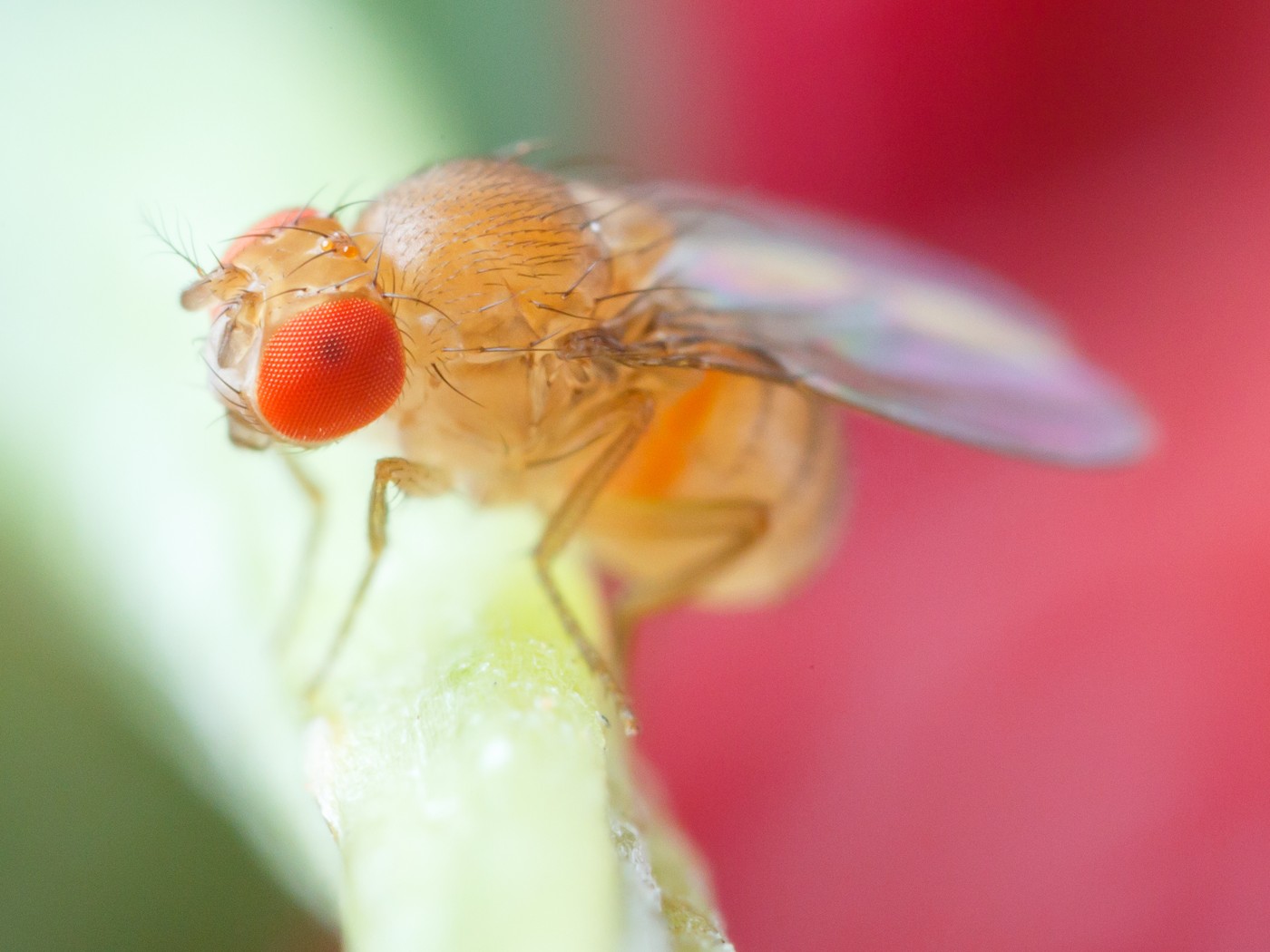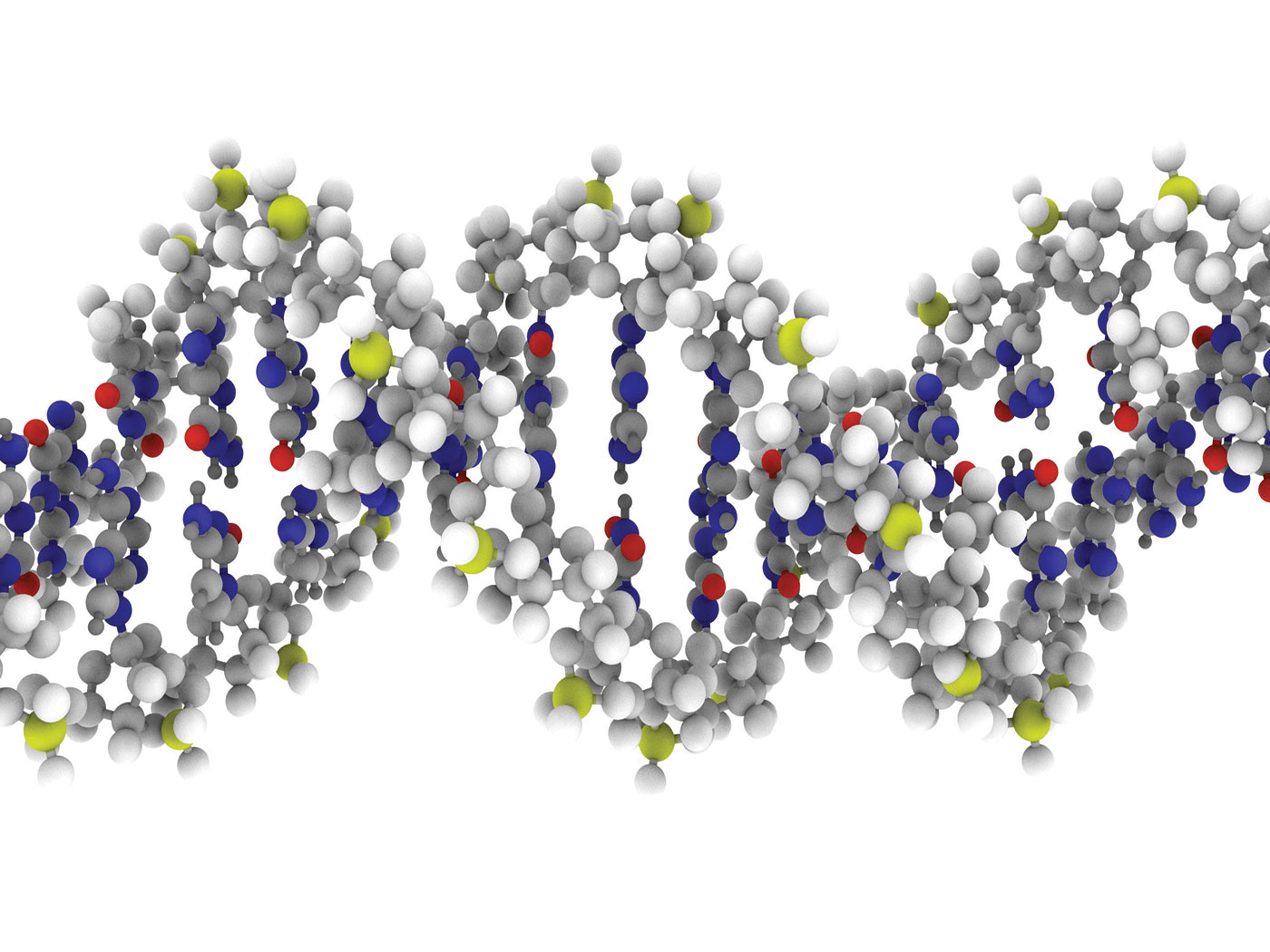Bats are the only flying mammals. What was their origin? According to evolutionists,
Conversely, creationists maintain bats were created during the creation week just thousands of years ago.
Bats are unique at several levels including the amazing ability to echolocate (also called biological sonar), the ability to determine positions of objects by reflecting high-pitched squeaks.
The case for creation is clearly seen in the overt design of the bat’s echolocation apparatus. God has designed the bat’s neural mechanisms including acoustic features such as harmonic composition, frequency modulation, call duration and pulse intervals, and signal advantages. There are also amazing anatomical structures such as the critical spiral (cochlear) ganglion of the inner ear, primary sensory neurons, auditory cortex, and inferior colliculus.
Recently, zoologists have published an article regarding the structure of the bat inner ear.
But did this interesting discovery really “solve the mystery of how bats evolved the echolocating abilities we see today"3 or did the scientists simply describe in detail the bat’s fascinating microanatomy of the inner ear?
Bats appear suddenly as 100% bats in the fossil record, some of which have the ability to echolocate. There is no indication of their evolution from a non-bat ancestor or the gradual evolution of echolocation, which can only be “hypothesized,” “suggested,” or “may be.”2
Indeed, the group of yangochiropteran bats has a spiral ganglion that has been called “highly derived”2 which means an advanced character state allegedly “appearing” in the course of evolution. In other words, the first time scientists find the essential spiral ganglion in bats it is complex and fully functional.
The bottom line of this science news story is that scientists have discovered major groups of bats that echolocate differently due to the microanatomy of their inner ear. According to lead author Benjamin Sulser, a Ph.D. student, "This is the first time we found different neuroanatomies in the inner ear, which give these bats different ways of processing the echolocating signal."3 Wonderful! Who would doubt it? The zoologists discovered different neuroanatomies in the bats inner ear in which chance, time and natural processes cannot explain.
References
1. Black, R. Why Bats Are One of Evolution’s Greatest Puzzles. Smithsonian Magazine. Posted on Smithsonianmag.com April 21, 2020, accessed January 28, 2022.
2. Sulser, R. et al. Evolution of inner ear neuroanatomy of bats and implications for echolocation. Nature. Published January 26, 2022, accessed January 28, 2022.
3. Microscopic inner ear structures reveal why major groups of bats echolocate differently. Phys.org. Posted on phys.org January 26, 2022, accessed January 28, 2022.
* Dr. Sherwin is Research Scientist at the Institute for Creation Research. He earned an M.A. in zoology from the University of Northern Colorado and received an Honorary Doctorate of Science from Pensacola Christian College.













